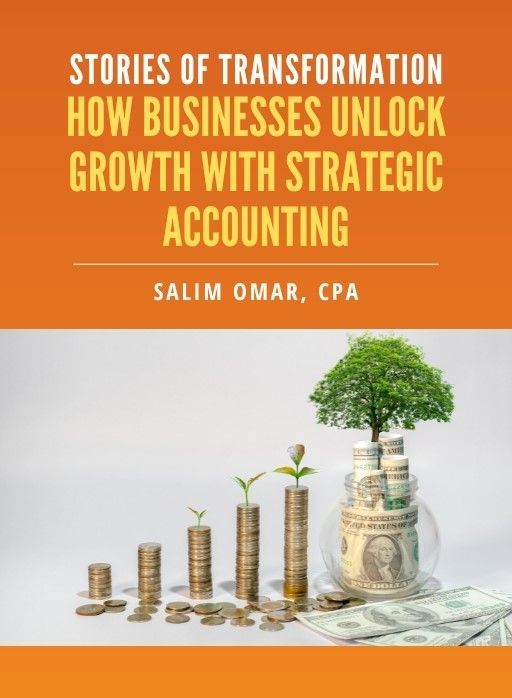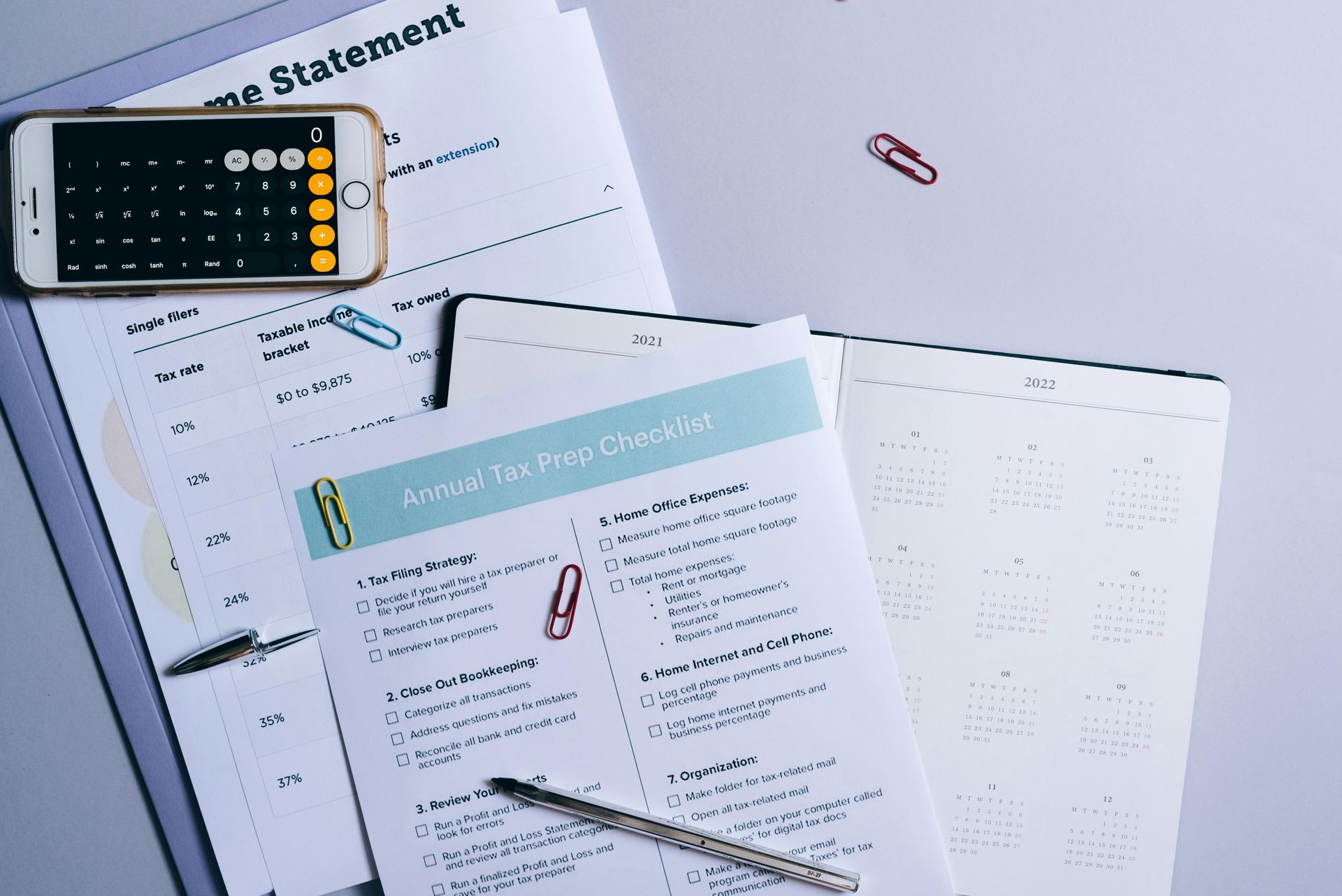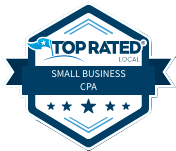Avoiding Year-End Penalties: Safe Harbor Rules Simplified
Tax season hits hard when your estimated payments fall short — and the IRS doesn’t hesitate to stack penalties on business owners who miscalculate. Safe Harbor Rules are your shield. They protect you from underpayment penalties even when you can’t project your tax bill perfectly.
The problem? Most owners misunderstand how Safe Harbor works, or they wait until year-end and scramble. That’s when penalties creep in. At Straight Talk CPAs, we see two types of business owners: those who hope their estimated taxes “work out,” and those who proactively use Safe Harbor to stay penalty-proof. The gap between them is thousands of dollars.
Here’s the smartest way to leverage Safe Harbor before the year closes.
1. Understand What Safe Harbor Actually Protects You From
The IRS doesn’t demand perfect accuracy. What it wants is
reasonable effort. Safe Harbor is the IRS’s way of saying:
“Give us this much, and we won’t penalize you — even if you owe more later.”
You’re protected from underpayment penalties if you meet one of these conditions:
- You pay
100% of last year’s total tax liability (110% if your AGI was over $150,000).
- OR you pay at least 90% of your current year’s tax liability.
Most business owners qualify under the “last year’s tax” method because it’s predictable, especially if this year’s income fluctuated.
Practical takeaway: Safe Harbor is less about guessing and more about meeting the IRS’s minimum threshold to avoid penalties.
2. Use Last Year’s Return as Your Baseline — Fastest & Safest
For many entrepreneurs, income fluctuates significantly from year to year. Safe Harbor lets you anchor to last year’s tax liability and avoid year-end surprises.
Here’s how to use it correctly:
- Pull your prior year’s total tax liability.
- Divide that by four for estimated quarterly payments.
- If your income jumped significantly this year, use the 110% rule to stay penalty-proof.
This method keeps you protected even if your business doubled this year — a massive advantage if your revenue exploded late in the year.
Pro Move:
If you underpaid in earlier quarters, you could still fix it by making a large “catch-up payment” before year-end to hit Safe Harbor thresholds.
3. Clean Up Your Books Now — Not in December
Safe Harbor is only as accurate as your numbers. And sloppy bookkeeping is the silent reason most owners miscalculate estimated payments.
Before year-end:
- Reconcile all accounts
- Update categories for revenue and expenses
- Ensure payroll taxes are accurate
- Verify owner draws/distributions
- Check if any contractors need 1099s
- Review asset purchases for depreciation impacts
When your numbers are off, Safe Harbor becomes a guess — and guessing is what triggers penalties.
Bottom line: Clean books equal accurate Safe Harbor planning.
4. Factor in Income Spikes — Especially for Q4
Many service-based businesses experience a revenue surge in October through December. If that’s you, Safe Harbor gives you options:
- Stay penalty-free using last year’s tax liability, regardless of this year’s spike.
- OR adjust your quarterly payments to reflect the increased income if you want a smaller tax bill in April.
The wrong move is ignoring late-year revenue and pretending the IRS won’t notice. They always do.
5. Avoid the Most Common Safe Harbor Mistakes
We see these issues constantly — and they’re costly:
- Paying based on profit, not tax liability.
- Assuming Safe Harbor eliminates your tax bill. It doesn’t — it only avoids penalties.
- Missing a quarterly due date, then trying to “make it up later.”
- Not adjusting for changing income, especially with new revenue streams.
- Believing Safe Harbor happens automatically. It’s calculated, not granted.
Small errors compound fast. You avoid penalties only when the math is right and the timing is precise.
6. Partner with a CPA Before You Make Final Payments
Safe Harbor isn’t just a compliance play — it’s a strategic tool. A CPA can help you:
- Determine your accurate current-year liability
- Apply the correct 100% / 110% thresholds
- Assess whether quarterly payments need adjusting
- Run projections based on Q4 income
- Avoid penalties while keeping cash flow healthy
- Position next year’s taxes smarter
At Straight Talk CPAs, we give clients clear action steps — no jargon, just precise moves that protect their cash and keep them compliant
Final Takeaway
Safe Harbor isn’t complicated — it’s misunderstood. When you use it correctly, it becomes your year-end safety net: No penalties. No surprises. No IRS problems.
Before the year closes, confirm your numbers, lock in your Safe Harbor threshold, and make your final payment with confidence.
👉
Talk to Straight Talk CPAs today and secure a penalty-proof year-end strategy that protects your business cash and keeps you ahead of the IRS.
Free eBook:
Stories of Transformation


Salim is a straight-talking CPA with 30+ years of entrepreneurial and accounting experience. His professional background includes experience as a former Chief Financial Officer and, for the last twenty-five years, as a serial 7-Figure entrepreneur.





